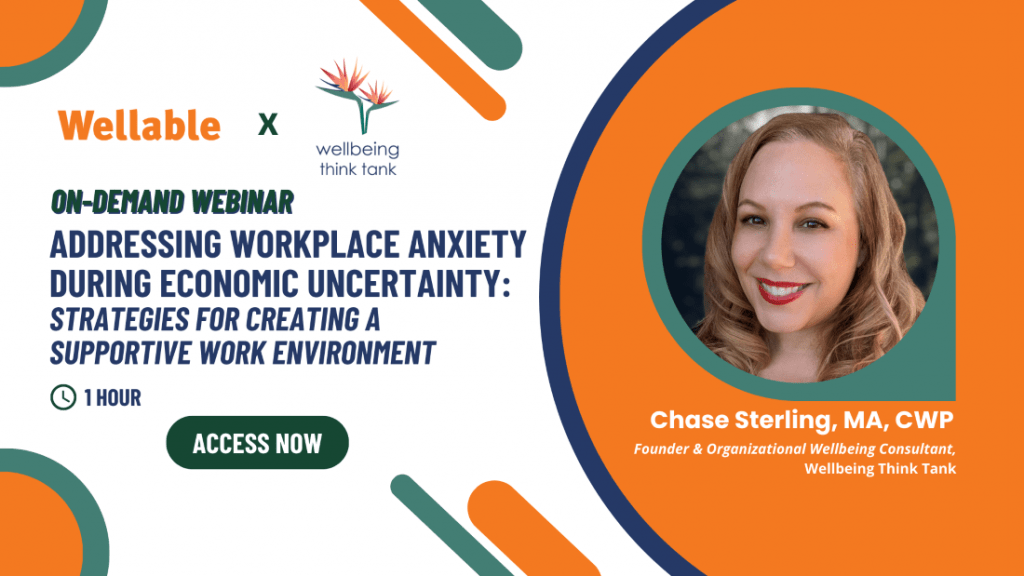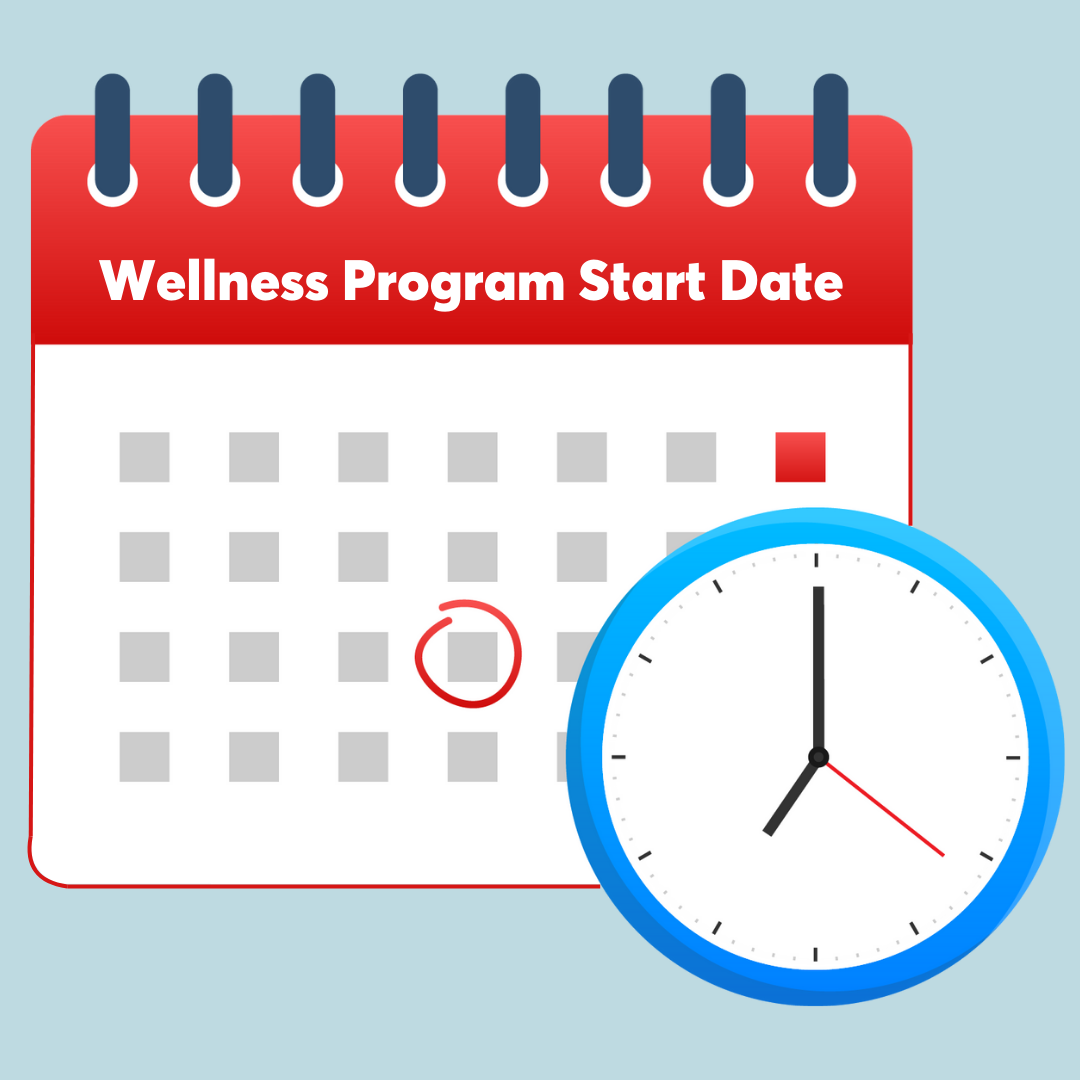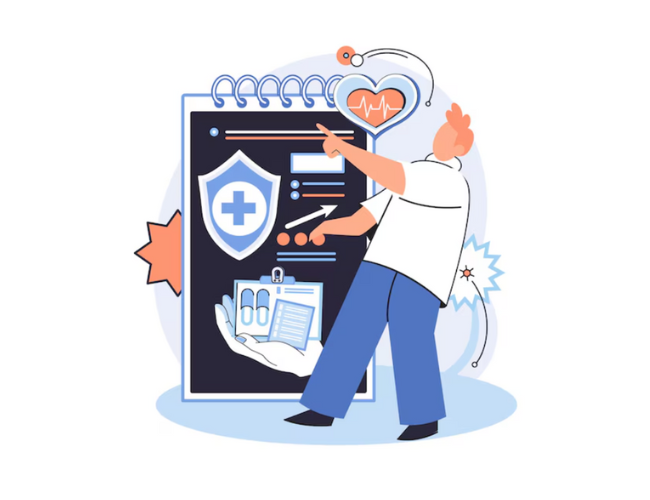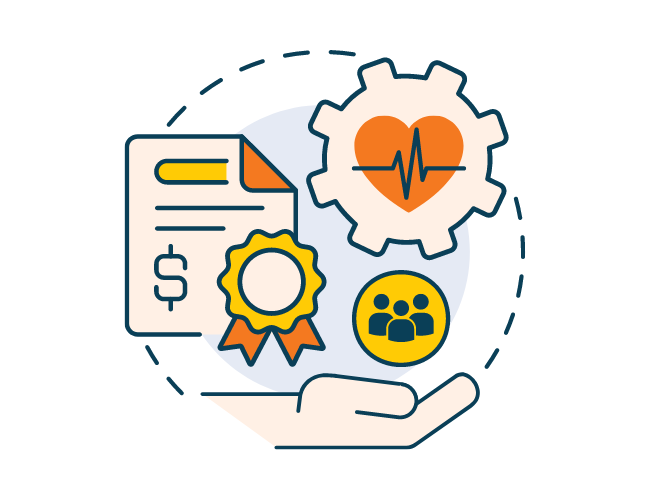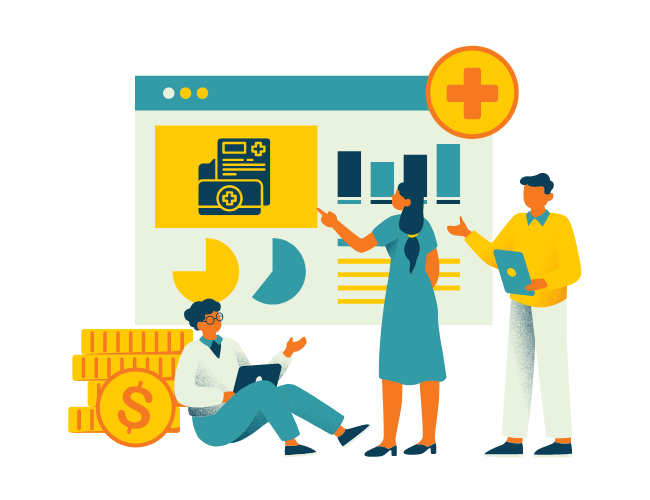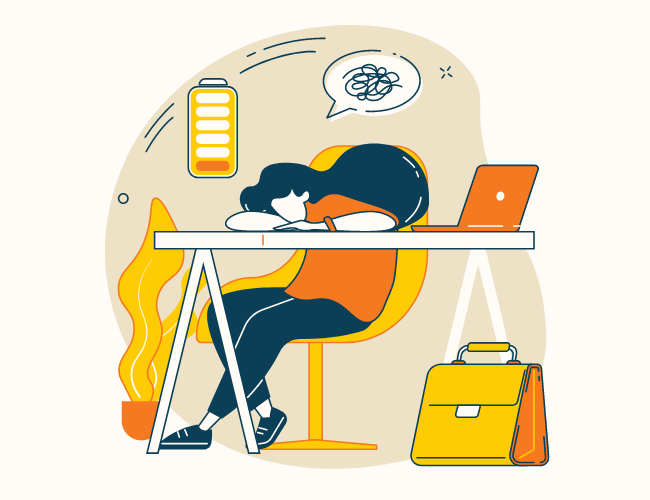For the first time ever, the US Preventive Services Task Force (USPSTF) has recommended routine screening for anxiety disorder in all adult patients under 65. The task force found robust evidence showing that screening for anxiety can reduce symptoms and improve the quality of life for patients aged 19 to 64.
Early identification and seamless integration of high-quality mental health care has proven to be transformative, according to Dr. Michael Silverstein, USPSTF vice chair:
“We were able to identify effective practices to screen the adult population for common and serious mental health disorders. The good news is that screening for depression and anxiety can identify these conditions early. When this screening is linked to quality mental health care, patients benefit.” – Dr. Michael Silverstein
The USPSTF did not recommend anxiety screening for individuals aged 65 and older, citing insufficient evidence to support its effectiveness within this population. For the same reason, it also doesn’t recommend regular screening for suicide risk, despite suicide being a leading cause of death among adults. Given these gaps in evidence, it’s clear more research is needed to make informed recommendations and improve mental health outcomes for all adults.
The Pandemic’s Impact On Mental Health
Although the health panel began its research on anxiety screening before the pandemic, COVID-19 underscored the importance of mental health care for Americans.
In an interview from September 2022, NPR’s Michel Martin discussed the draft recommendation with Lori Pbert, a member of the task force, clinical psychologist, and a professor at the University of Massachusetts Chan Medical School:
Professor Pbert acknowledged that the findings were very timely due to pandemic-induced stress. The World Health Organization reported that anxiety and depression increased by 25% during the first year of the pandemic. Pbert noted that anxiety disorders are among the most common mental health complaints, affecting about 40% of US women at some point in their lives and more than one in four men.
Dr. Petros Levounis, president of the American Psychiatric Organization (APA), emphasizes the worsening mental health conditions and the importance of early detection and treatment:
“Depression and anxiety disorders are prevalent in the United States…and it’s gotten worse since COVID. Often depression and anxiety disorders go undetected, and if a mental health disorder goes untreated it can get worse.”
– Dr. Petros Levounis
Anxiety Screening Recommendations & Expectations
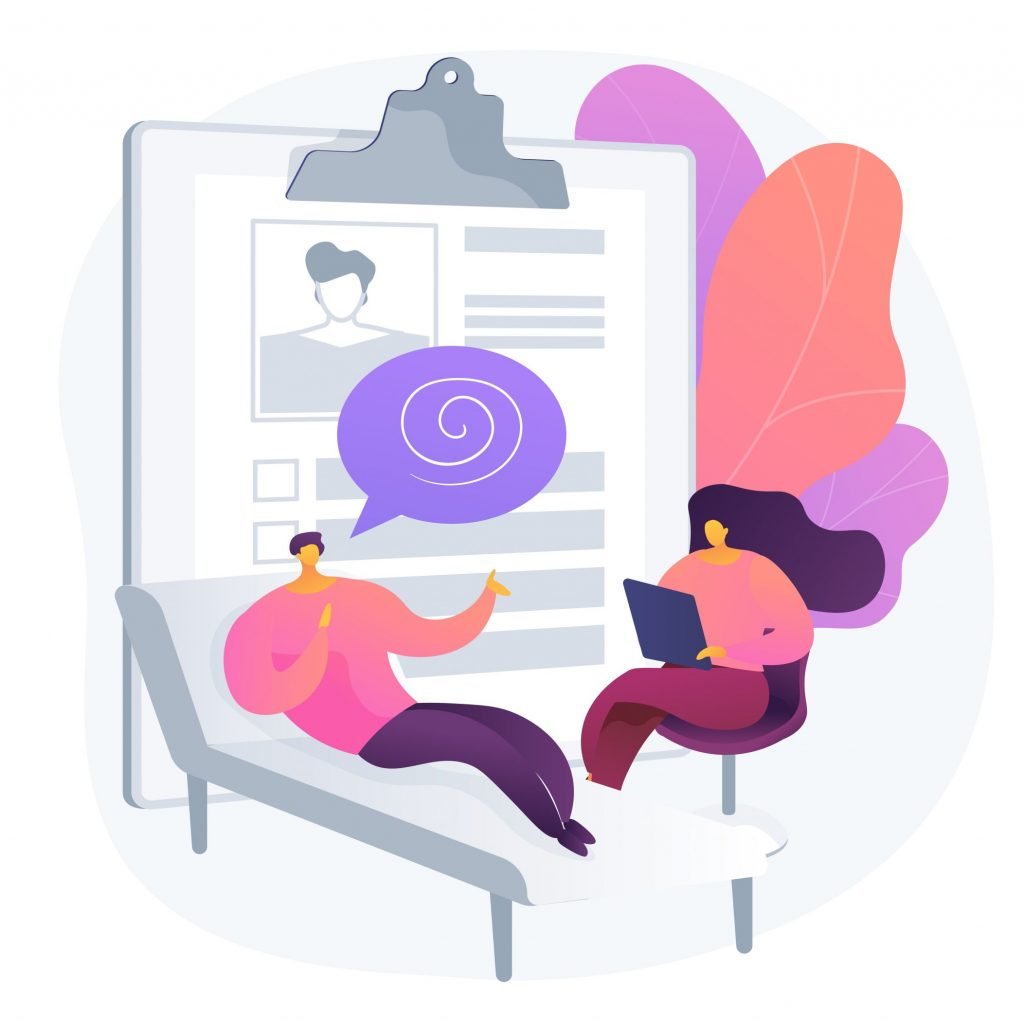
The Affordable Care Act mandates the provision of recommended screenings at no cost to individuals. Thus, the USPSTF’s guidelines impact insurance coverage and carry significant weight within the US health care system.
The GAD-2, a two-question screening tool, assesses whether individuals have experienced feelings of nervousness, anxiety, or being on edge over the past two weeks, as well as their ability to control or halt excessive worrying. The GAD-7 encompasses a set of seven similar inquiries, enabling a comprehensive evaluation of anxiety symptoms.
Based on these guidelines, health care professionals would conduct anxiety screenings as part of routine checkups. During these visits, doctors could use USPSTF-recommended questionnaires, such as the Generalized Anxiety Disorder (GAD)-2 and GAD-7, to gauge the mental well-being of patients.
While the USPSTF’s recommendation focuses on adult patients under 65, the American Psychological Association (APA) advocates for extending anxiety screening to seniors. Recognizing the high prevalence of anxiety among older adults and its impact on overall health and quality of life, the APA recommends leveraging a brief, standardized screening tool such as the GAD-2 for this age group.
Additionally, the APA suggests targeted suicide screening for individuals who screen positive for depression, as this can effectively identify those at risk and determine the appropriate care. This approach ensures a more balanced assessment of mental health needs, particularly in high-risk populations like those aged 65 and above.
Shortage Of Mental Health Services
Diagnosing anxiety disorders during brief patient interactions afforded through routine care has long been a challenge for clinicians. One study cited by the task force found the median time for initiating treatment for anxiety is 23 years. Doctors are already asked to cover a wide range of conditions in what can be a packed 15-minute appointment. The targeted questionnaires will determine if warning signs exist that would warrant a referral to a mental health specialist.
One concern raised by the medical community is the potential for misdiagnosis, especially when there is already a shortage of mental health professionals. Professor Pbert acknowledges the importance of distinguishing between everyday concerns and those fears or worries that interfere with daily activities, which is indicative of anxiety disorder.
A larger challenge is finding mental health services given the shortage of specialists. As of March 2023, there are 160 million Americans residing in regions that are underserved by mental health professionals. The shortfall is significant, with an estimated requirement of over 8,000 additional mental health experts to meet the sufficient supply demands. Patients have reported waiting months to meet with a therapist, and others are forced to weigh the potential benefits of therapy sessions with the relatively high cost of care.
What Employers Can Do To Help
Since anxiety screenings will be completed by primary care physicians, it is even more important to encourage employees to get an annual physical. Meeting with a doctor once per year ensures that employees undergo the appropriate physical and mental health screenings and creates opportunities to develop a strong patient-physician relationship over time. Often, the completion of an annual physical is an integrated component of an employee wellness program.
Offering direct access to therapists as an employee benefit is another impactful strategy that can make a big difference for workers. Employees may find it easier to interact with a therapist virtually in the comfort of their own home.
Employers can also help educate employees on the importance of prioritizing self-care. A holistic program that engages employees in gratitude exercises, mindfulness classes, healthy sleep tips, and other dimensions of wellness can help workers manage stress and anxiety.



